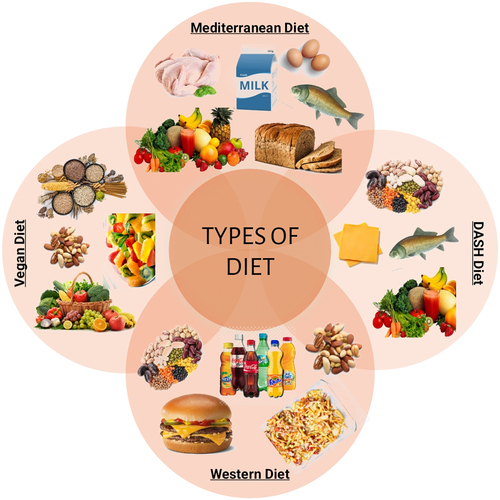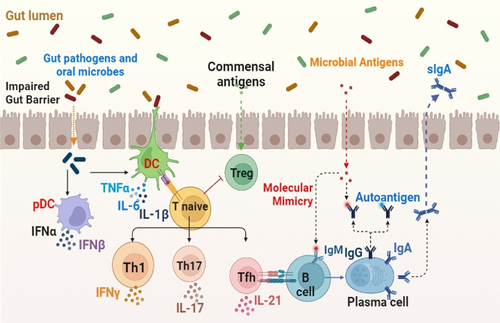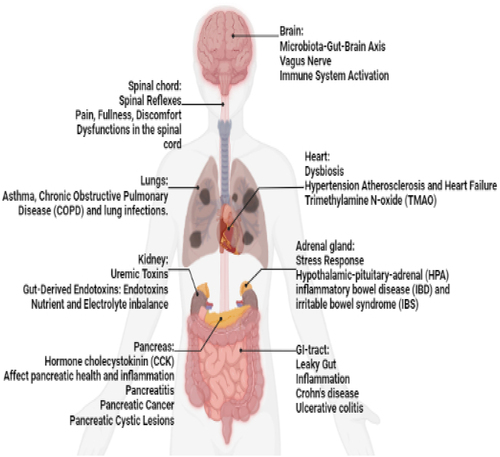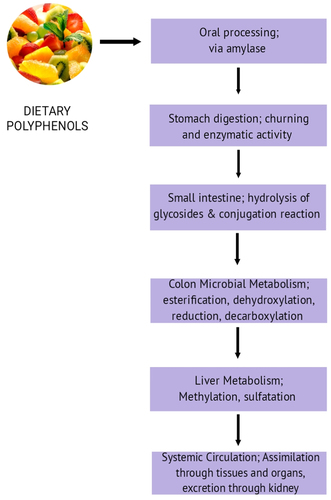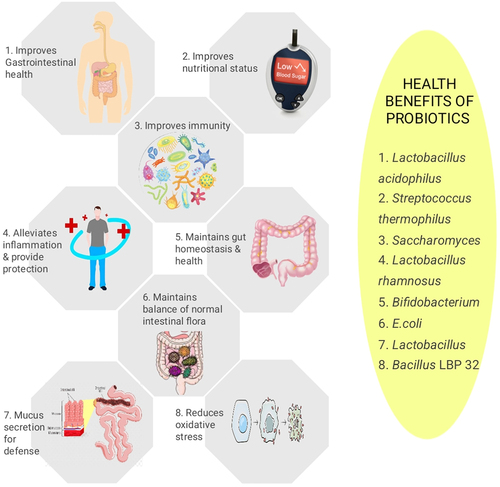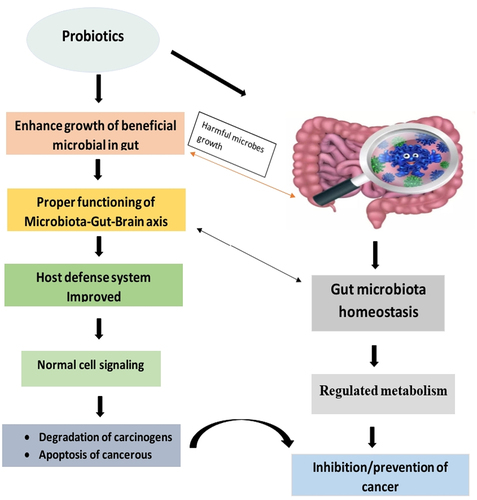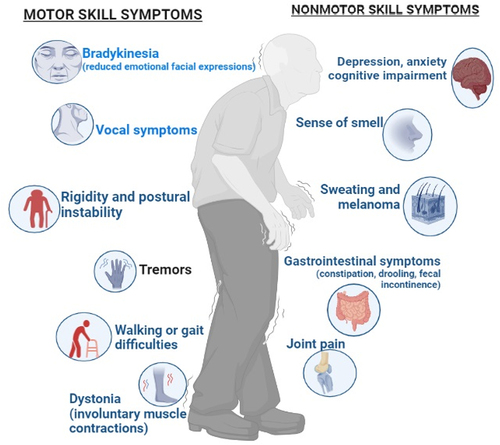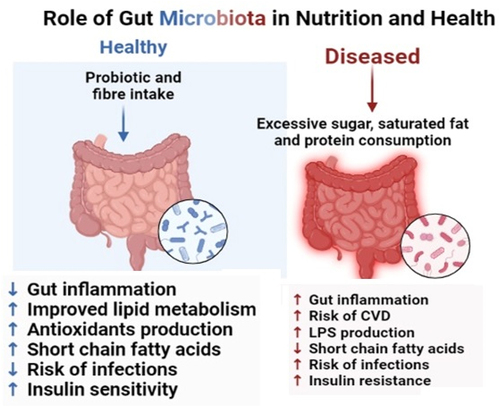Figures & data
Figure 1. Percentage abundance of phyla present in gut according to age groups (A) males (B) females.
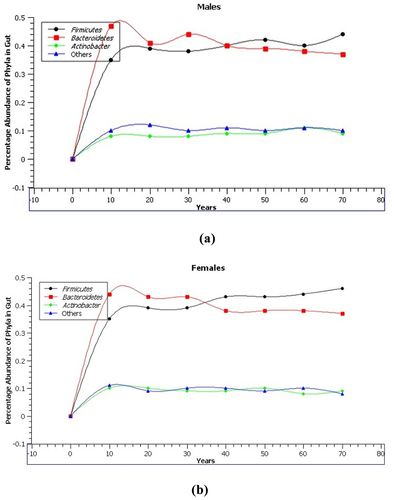
Table 1. Polyphenols, its natural sources and impact on microbiota.
Table 2. Sources of non-dairy probiotics.
Figure 8. Cardiovascular health is linked with the diet which shapes the microbiota of the gut and leads to a healthy life cycle.

Table 3. Association of gut flora with various diseases.
Table 4. Summary of the association between inflammatory diseases and gut microbiota concerning diet.

